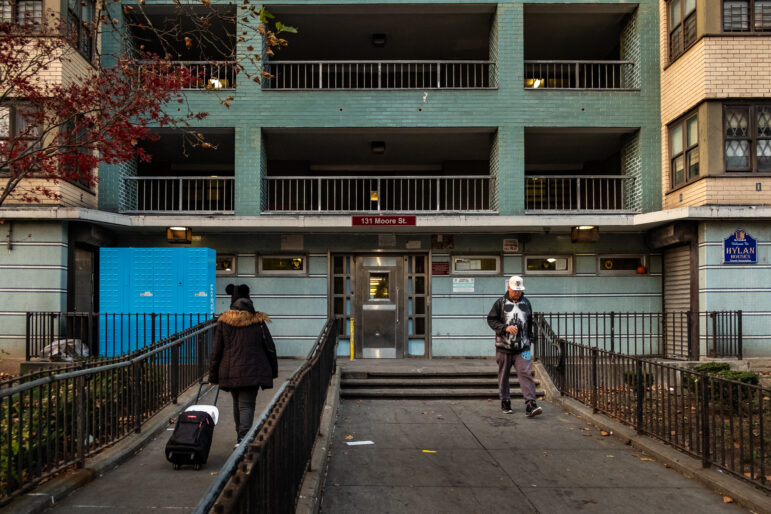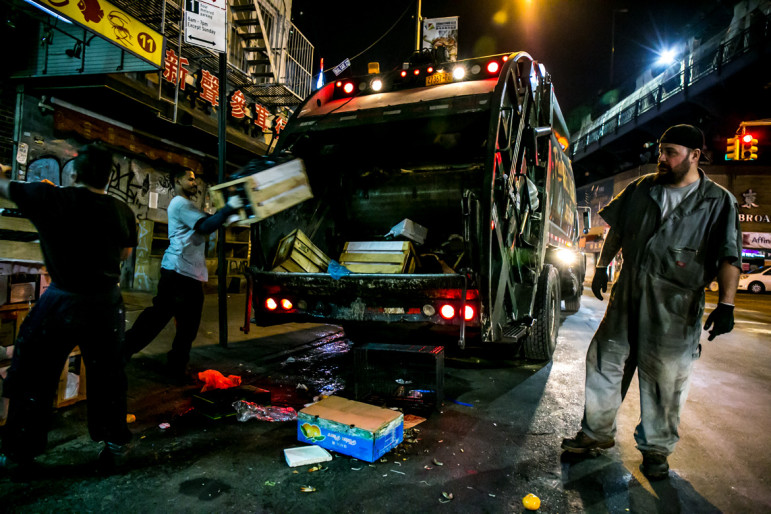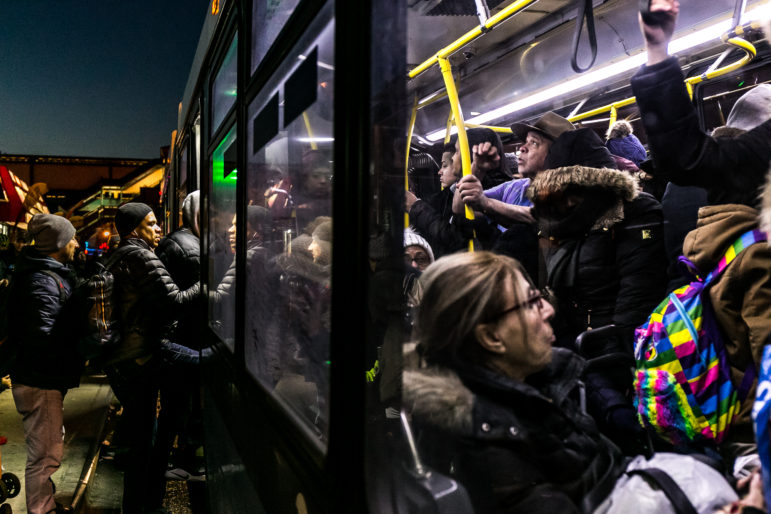Whether a work of art is good or bad is ultimately in the eye of beholder. Likewise, whether art’s purpose is to force social change or merely react to it—or none of the above—is in the eye of the artist. Author Salmon Rushdie once said, “You can’t ask art to make social change. It’s not what it’s for.” But Mexican artist Pedro Reyes had a different view: “I definitely believe art is the best way to produce social change.”
Some artists in New York City are hoping to prove that the latter is true by producing art relevant to the issues facing neighborhoods and connecting artists with people leading the fight for change.
Engaging Artists is a program through the non-profit organization More Art aimed at helping artists expand their social involvement. The four-month fellowship gives them the tools necessary to practice their activism on issues that matter to the community through their work.
“It’s about getting artists to be ingrained in everyday life and not so separated,” says Jeff Kasper, manager of engagement at More Art. “We hope that communities understand that, actually, artists aren’t really interested in just displaying their own art work and really want to lend themselves to highlighting community issues more broadly together.”
This is the fourth year for the Engaging Artists program. For each installment, artists are given a task to focus their work on an issue that is affecting the community right now. The themes for 2017 are labor, immigration, and economic housing. Kasper says they’ve been able to find out what really matters to people through More Art’s involvement with various neighborhoods around New York City.
“Originally our work happened with a lot of residents living in public housing where the neighbors we worked with were primarily people of color and recent immigrants,” says Kasper. “And as we continued our work, we discovered that artists are really fighting towards immigrant rights and rights for just housing consistently.”
Queens-based artist Priscilla Stadler was part of the third installment of the Engaging Artists program where the focus was on housing justice. Having her own experiences with being displaced because of rising rents and new luxury developments in the area, she says she wants her work to highlight the problems with gentrification.
“I think it’s really essential to address these issues,” says Stadler. “I feel like the saying, ‘Housing is a human right,’ is so spot-on and that many times we forget that and that the city is being run without taking into account how essential it is to have an affordable place to live.”
Stadler uses cheesecloth as one of the main materials for her project, “Fragile City.” She says its delicacy and transparency help show vulnerability and how uncertain housing can be since at any time we can find ourselves without a place to go. She hopes her work will encourage people who see it to ask questions and work to find a solution.”
“I want them to think about their community experience in the city and think about doing something, says Stadler, “to think about working with neighbors, to think about taking action.”
This isn’t the first time an artist is using their work to make a change. The rainbow flag was first introduced in the 1970s as a symbol of pride in the gay community during a time when LGBT rights were a far-off dream. Today, as people continue to push for equal rights, it also serves as an image of unity and peace.
Work from the Engaging Artists program can be seen through various exhibitions More Art holds in the communities where the issues are a concern or through events the artists themselves put on. Both artists and organizers say the end goal is to get people talking, which will hopefully lead to change and ultimately create a positive impact for everyone. For more on how to get involved, visit moreart.org.
City Limits’ coverage of art and policy is supported by the Laurie M. Tisch Illumination Fund. City Limits is solely responsible for series content.








